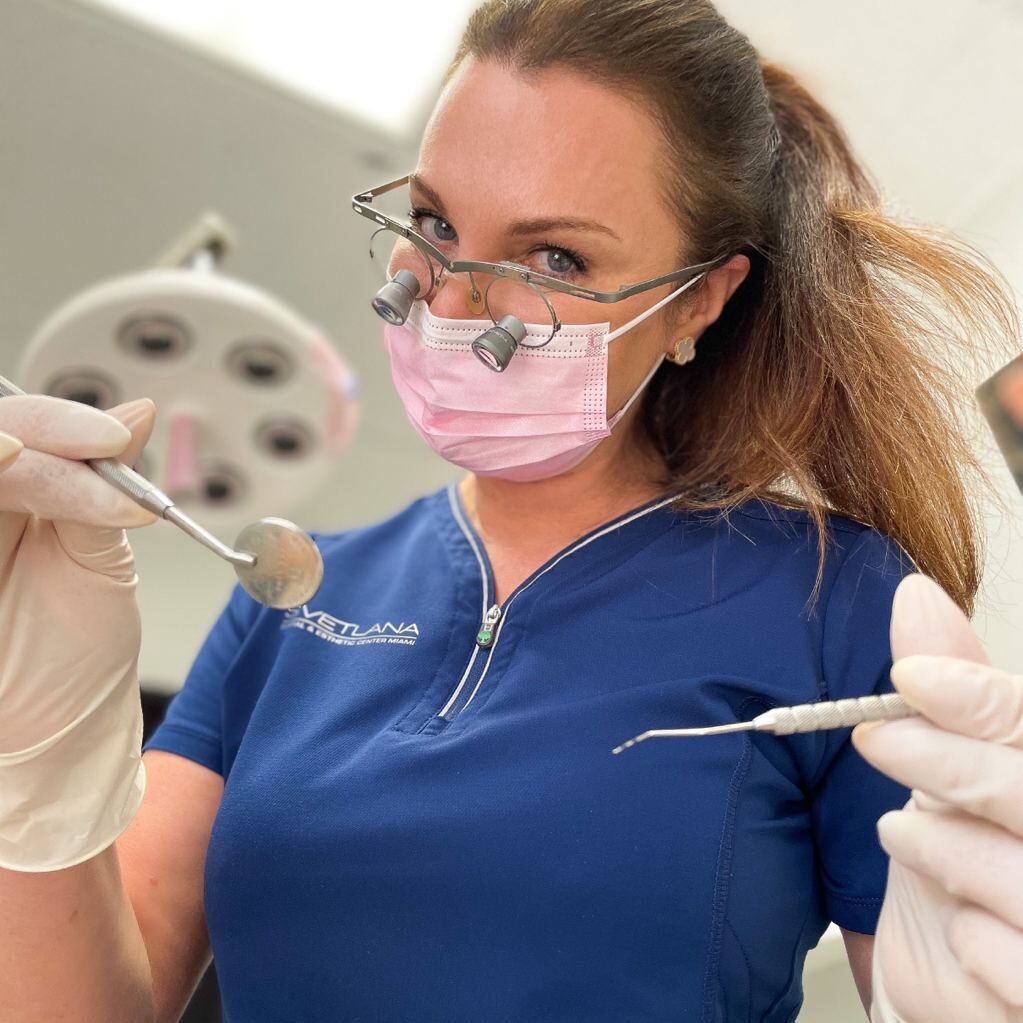T-Scan: The most advanced method for bite analysis
Digital technologies are becoming increasingly popular in occlusal diagnosis. For example, dentists are rapidly adopting the T-Scan system, which replaces articulating paper and provides a detailed treatment plan.
What is T-Scan?
T-Scan is an occlusal analysis system that determines the contact points of the upper and lower jaws (occlusion). It is used to assess the bite condition and identify anomalies that need to be corrected. T-Scan was developed in 1987 by Tekscan. The system is used at all stages of dental treatment, including implantology and orthodontics.
How does it work?
The occlusion is determined at the dental office. The patient bites into a plate equipped with sensors. These sensors transmit all the necessary information to a computer. The occlusion is evaluated in several ways.
The doctor can look at:
Tooth contact peculiarities
Areas of force center displacement
Chewing load distribution peculiarities
The data collected is stored digitally and may be used in the future for:
Comparative analysis
Treatment plan corrections and evaluation of its effectiveness
Prevention of complications
T-Scan Novus Features & Benefits
Dentists around the world praise the T-Scan system for helping them diagnose and treat their patients:
T-Scan prevents damage to dentures and restorations. The system identifies abnormalities that can lead to rapid wear and injury to implants, crowns, or restorations
T-Scan aids in determining even distribution of the chewing load. As a result, inflammation, pain, and other TMJ problems are prevented
T-Scan improves the quality of dental services. The system speeds up treatment and reduces the risk of medical errors
When is the T-Scan system most needed?
Many areas of dentistry require occlusion analysis, including:
2019-01-01
Prosthodontics
Prosthodontics is all about optimizing the chewing load. Disturbed contact in one place means that the muscle load on the opposite side is increased, causing tension, pain, damage to veneers or crowns, and periodontal disease.
2020-01-01
Orthodontics
Occlusion analysis is the most important method of bite diagnosis. Inaccurate examination contributes to improper muscle function or impaired jaw movement and can cause temporomandibular joint (TMJ) dysfunction.
2021-01-01
Surgical
Tooth extraction, implants, and other similar procedures also require that the occlusion be determined in advance. This helps to prevent increased chewing pressure on the teeth and dentures.
2021-01-01
Therapy
It is important to avoid excessive or insufficient contact in order to maintain an even load on the teeth. Using the T-Scan, the dentist determines which areas of the filling need to be resurfaced or augmented.
2021-01-01
Restoration
The sensor system can be used to check the prosthetic restoration for contact with the antagonist.
T-Scan is also actively used to diagnose temporomandibular joint disorders, chronic pain in the jaw and facial muscles, and periodontal disease.

Doctor’s opinion
I often see patients who have suffered the consequences of improper occlusion in one way or another. At many clinics, treatment is not aimed at eliminating the cause of the disease, but rather at treating the symptoms (pain, crown failure, enamel damage). Failure to use comprehensive neuromuscular analysis methods such as Tekscan dramatically increases the risk of medical errors and inaccurate dentures that fall apart long before the end of their useful life span.